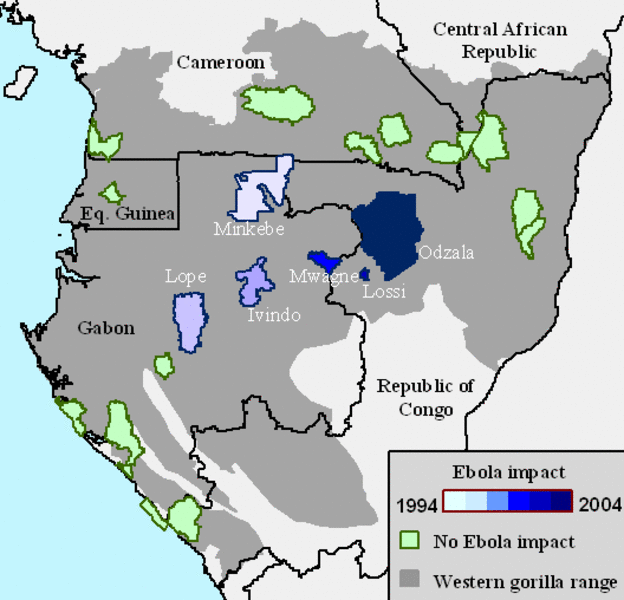Featured on the EurekAlert news service (but inexplicably, not on the GeorgiaTech site that supposedly ran the story), I found an intriguing article on adjusting the color of butterfly wings. The above image shows the effect of depositing different thicknesses of aluminum oxide on a wing, thereby changing its color. Spiffy.
The caption for the image also strikes me as rather spiffy: short and to the point. It reads, “An optical microscope image of coated butterfly wing scales show color differences related to the thickness of the deposited alumina.” Certainly enough info for me, since I know that “nm” means “nanometer,” which presumably refers to the thickness of the aluminum oxide, also mentioned in the image, albeit by its chemical formula (but at least I know that “Al” means “aluminum,” so I felt comfortable extrapolating from the caption). In short, it strikes me as an excellent caption for the scientifically literate, perhaps not so hot for a general audience.
Great picture, regardless. And the rest of the press release is sufficiently complicated that the caption really just serves as a litmus test for further comprehension, so my nit-picking is probably irrelevant.
The press release also contains the mildly amusing line, “The artificial wing scales produced by the researchers also reflect bluish light, though the color is of slightly longer wavelength than that of the original butterfly.” At least it’s amusing if you think of “original butterfly” as a unit of distance, as I did (probably because I was still finishing my first cup of coffee). A very long wavelength, indeed.










